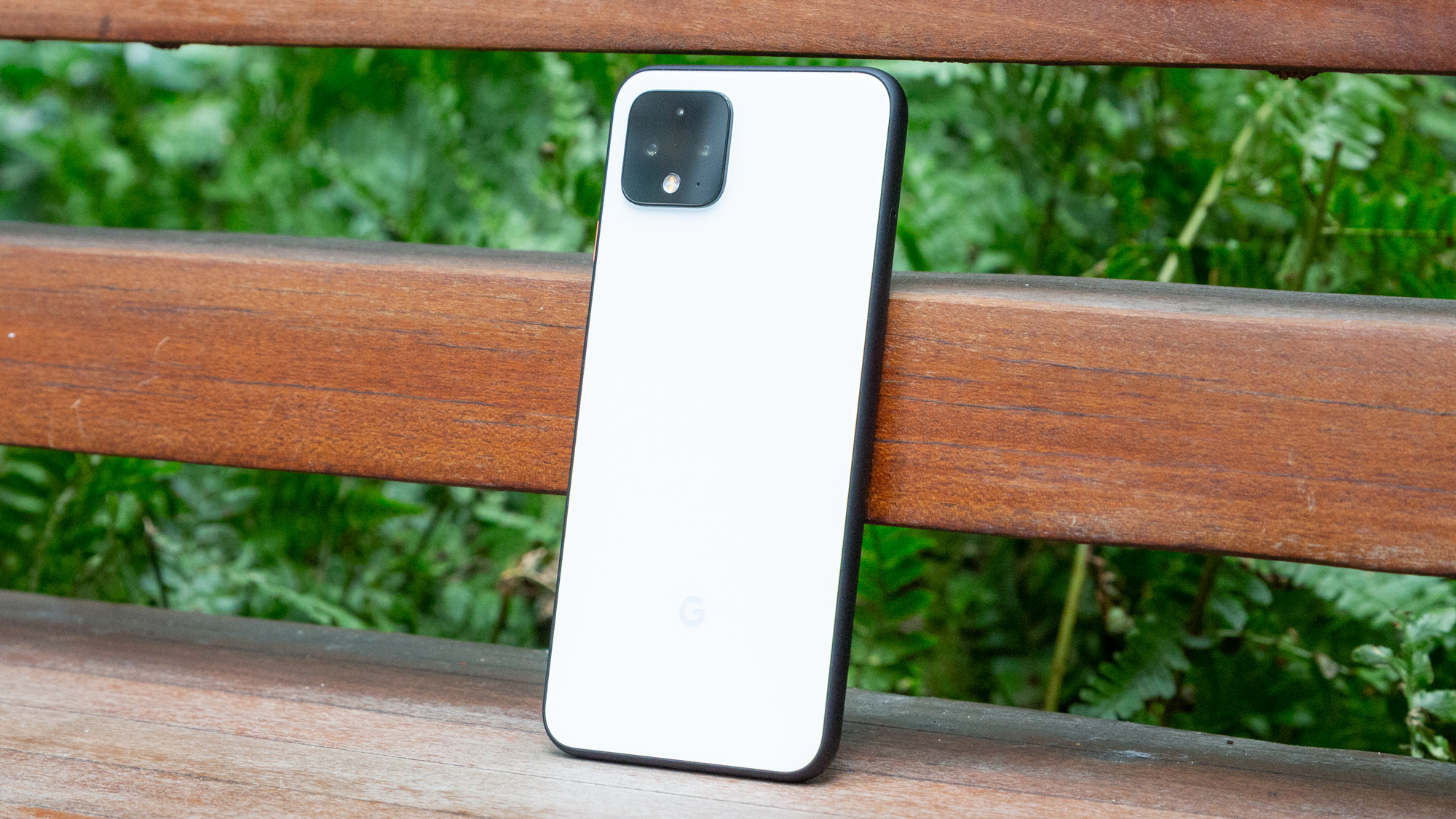Google Pixel 5 is ditching this key feature — and it's a huge loss
As Motion Sense goes, so too does the Pixel 5's one shot at being different

Does a good idea suddenly become bad if it's part of a product that fails? That's a question I find myself asking following reports earlier this week that Google has chosen to ditch Motion Sense in the upcoming Pixel 5.
In theory, Motion Sense was supposed to offer a whole new mode of interaction for our smartphones. Enabled by Google's Soli short-range radar chip, it gave the Pixel 4 the ability to read hand gestures above the device in midair, like a wave to skip a song or an outstretched palm to pause playback.
- The best Android phones available now
- Google Pixel 4a just hit with huge delay
- Plus: Google Pixel 5 vs. Pixel 4a: The biggest differences to expect
The feature worked, but Motion Sense was viewed a solution searching for a problem. And amidst the Pixel 4's other issues — from its comically-short battery life to its dim display and absent ultrawide camera — it became the scapegoat for the phone's failure, and proof Google was out of touch with what smartphone buyers actually wanted.
Seen another way, though, Motion Sense wasn't a flawed idea; just simply one that needed more time in the oven. The feature's use cases were limited, but when Motion Sense was handy, it was really handy.
I used our Pixel 4 as my daily driver for about four months before switching to an iPhone 11 Pro for several reasons — though not one of them was Motion Sense. In fact, I really miss Motion Sense when I go to silence an alarm on my iPhone. Thanks to Soli, the Pixel 4 lowers the sound of alarms as you move your hand near it, but doesn't kill the chime entirely. I quickly found this allowed me to wake up every morning in a more peaceful way.
Similarly, Motion Sense is a great way to check notifications on your phone's screen without unlocking it. Again, the Pixel 4 knows when your hand is near, so it simply fires up the display for a brief moment, even if you don't ultimately pick it up — allowing you to sneak a quick glance at the latest alerts. Meanwhile, I have to physically lift the iPhone or tap its display every time I want to catch up with what I've missed. I feel like we could do better than that in 2020.
What parts of Motion Sense did work warranted more development — not a complete cancellation of the project.
Irrespective of what anyone else thinks about Motion Sense, these aren't gimmicky features to me — they're genuinely useful, and they made my life easier in small ways. Not all of Motion Sense's implementations were as successful, of course; the playback controls were finicky, and often registered unintentional physical movements as skips forward and backward. But what did work warranted more development — not a complete cancellation of the initiative, which appears to be the course of action Google has chosen for the Pixel 5.
Moreover, I don't buy the theory that Motion Sense was chiefly to blame for the Pixel 4's shortcomings, and that the Pixel 5 will be a better device without it. Google tried something genuinely new with Soli that no phone maker had attempted before. Perhaps it didn't pan out perfectly, but as someone who saw value in some of Motion Sense's applications, I can say I benefited more from the feature, even at this early stage, than I ever have from a 120 Hz refresh rate or a quad-lens camera, for example.
Motion Sense, quite simply, deserved a fairer shake than this. I'm glad Google dared to try something actually innovative and unique in an industry that's feeling increasingly stagnant with every passing month, and I had hoped the Pixel team could make it even better with a second attempt, to truly realize the potential available here. Now that it's doomed, I wonder why so many are celebrating.
Sign up to get the BEST of Tom's Guide direct to your inbox.
Get instant access to breaking news, the hottest reviews, great deals and helpful tips.
Adam Ismail is a staff writer at Jalopnik and previously worked on Tom's Guide covering smartphones, car tech and gaming. His love for all things mobile began with the original Motorola Droid; since then he’s owned a variety of Android and iOS-powered handsets, refusing to stay loyal to one platform. His work has also appeared on Digital Trends and GTPlanet. When he’s not fiddling with the latest devices, he’s at an indie pop show, recording a podcast or playing Sega Dreamcast.
